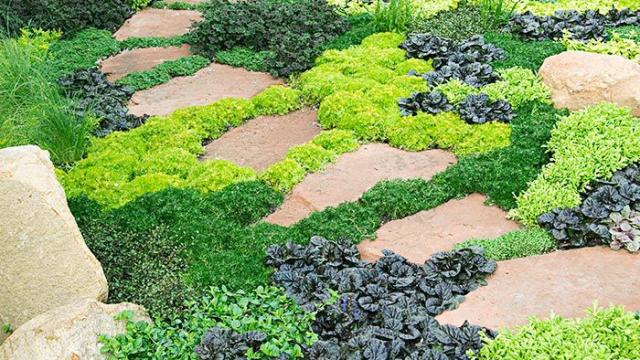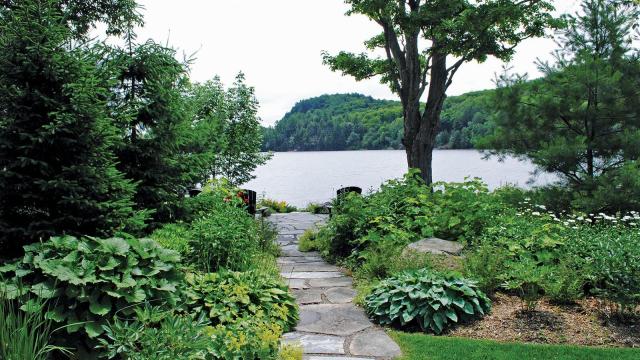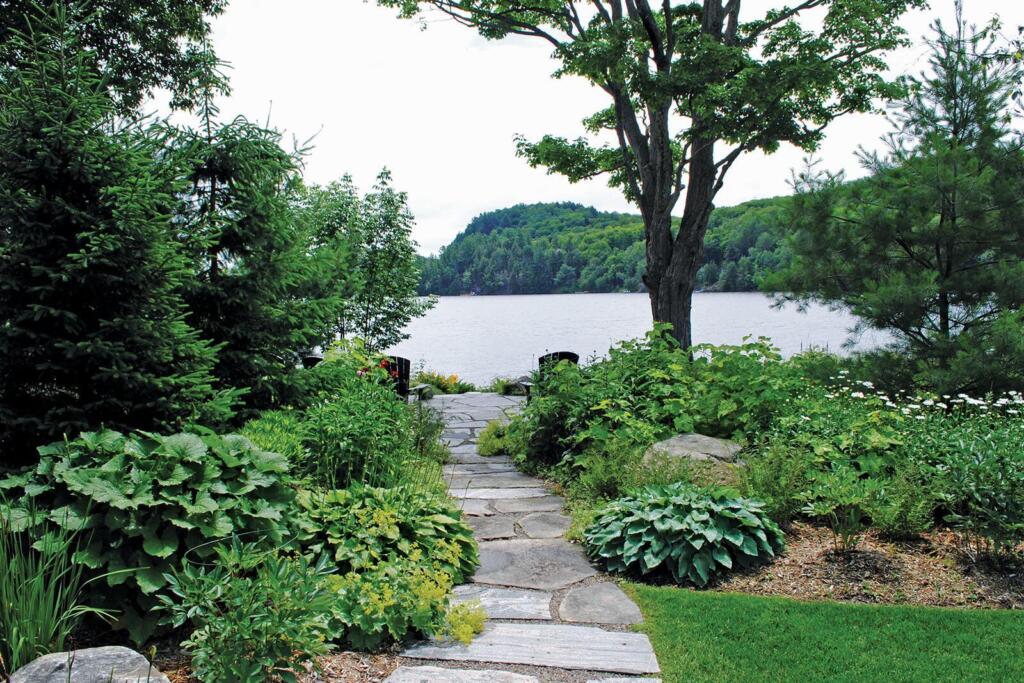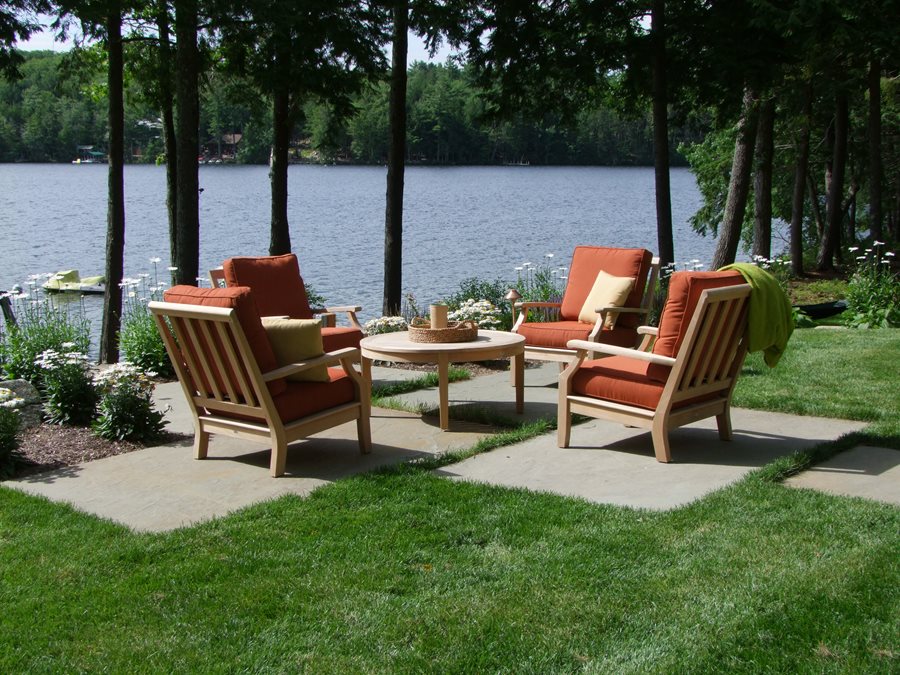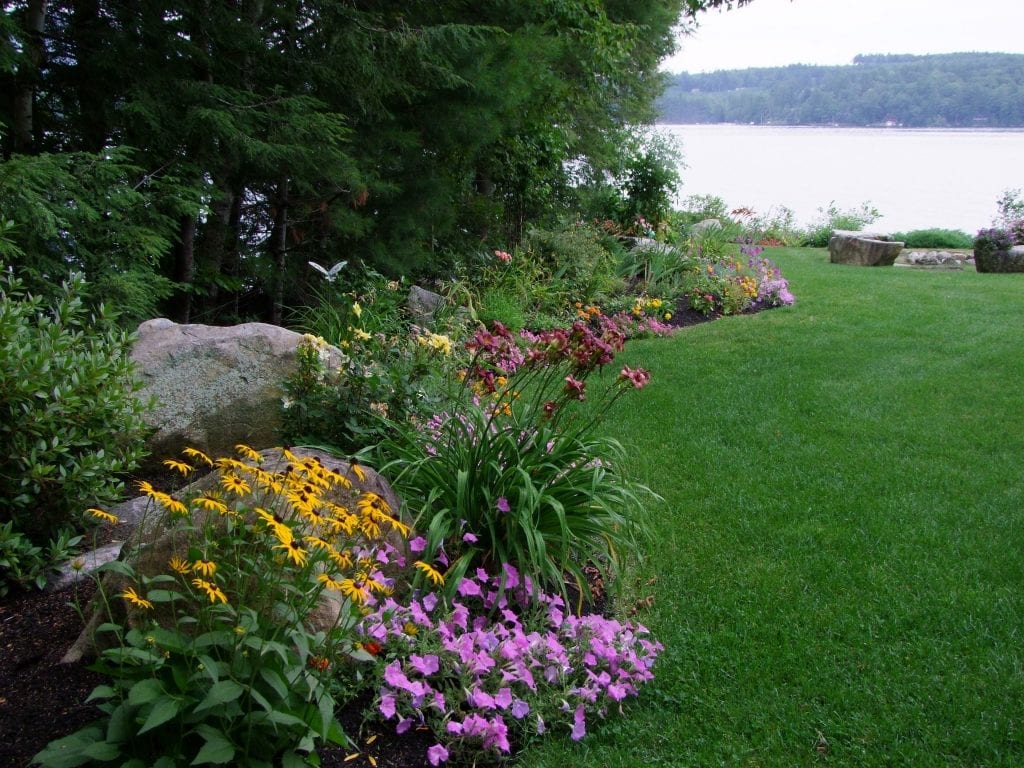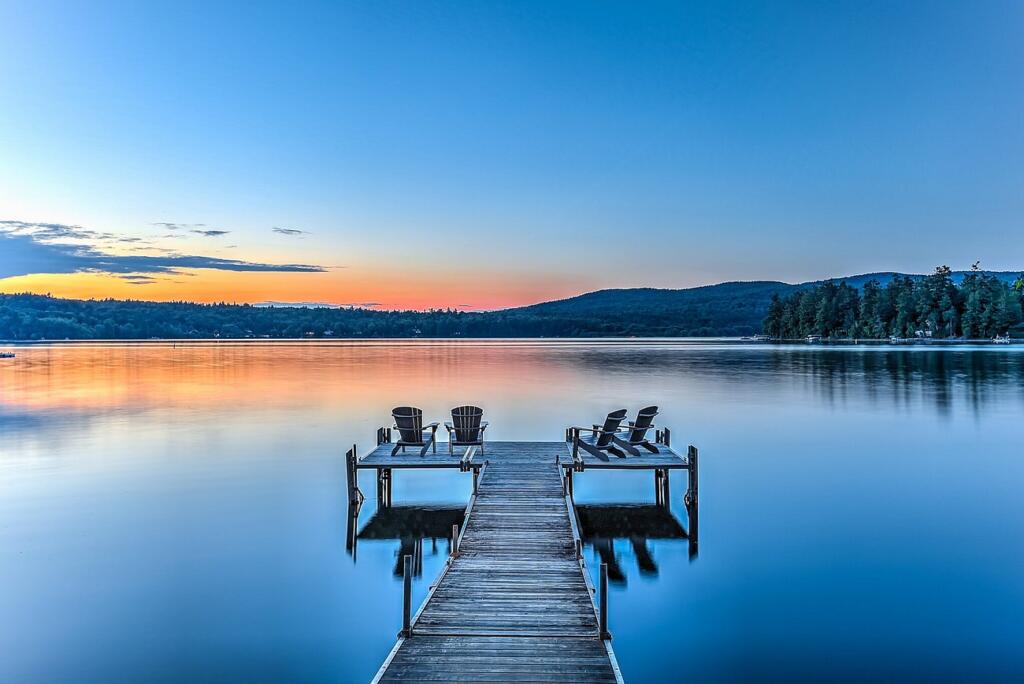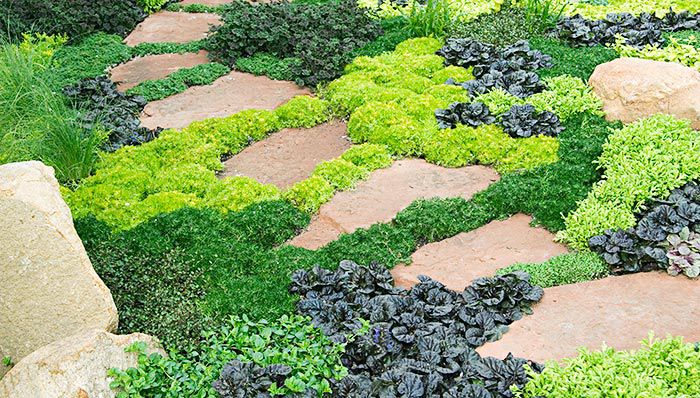
As anyone who owns a lake house knows, landscaping is hard work. Countless hours spent in the garden, mowing the lawn, and keeping pests out of your yard can be tiresome. Plus, it takes away from your time enjoying the lake. On the Lake Homes Realty blog, we’ve written about low-maintenance landscaping solutions to minimize your manual labor. Among these ideas, ground covers are a helpful yet often overlooked strategy.
As the name suggests, a ground cover refers to any plant that covers some part of the ground in your backyard. Unlike grass, ground covers don’t need to be mowed, which will cut down drastically on your work in the garden. So, that slope in your yard that’s too steep for a lawnmower? Or patches of dirt underneath a shady tree where grass can’t grow? Ground covers are the ultimate solution. Not only do they solve your landscape problems, but they’re also beautiful. For clarity’s sake, a ground cover is different from a cover crop. While cover crops are annual plants designed to die and provide mulch for your plants, ground covers are flowery perennials made to last.
If you’re looking to incorporate ground covers into your landscaping at your lake house, check out some of our favorite kinds.
Bugleweed
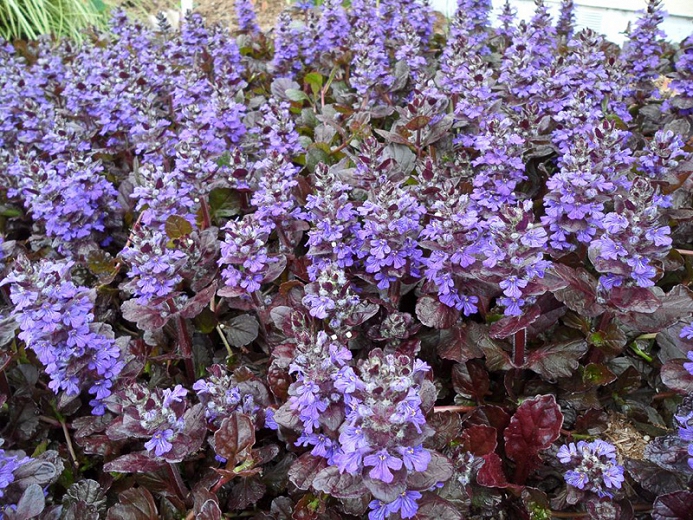
Members of the mint family, bugleweed plants are a common ground cover in zones 3-10. These fast-growing plants are known for filling in shady areas where grass is less likely to grow. Their ability to spread throughout a landscape is also reflected in their species name, reptans, which means “creeping.” In warm climates, bugleweeds are evergreen but are most beautiful in summer. This is when their purple blossoms stand out in your garden.
Creeping Phlox
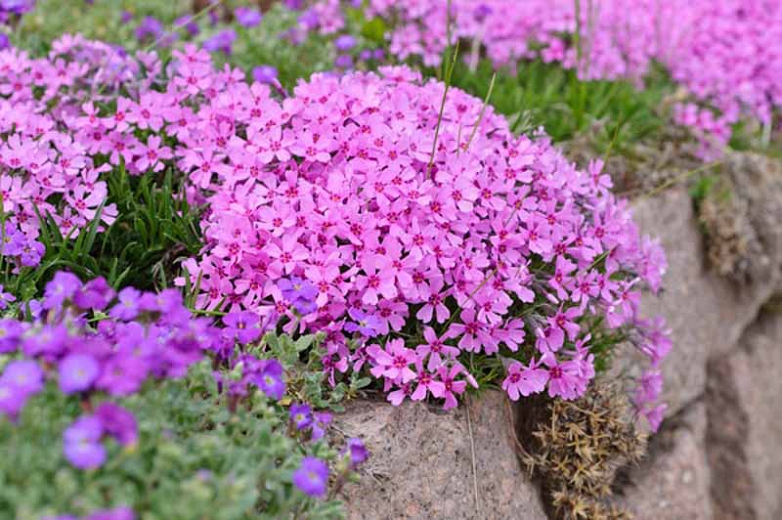
These small ground covers, perennial in most regions (zones 3-9), are a popular evergreen choice. Most times during the year, the creeping phlox doesn’t draw much attention to itself. However, these small pink, blue, and white star-pointed flowers particularly shine in springtime. When planting these in your yard, be sure to cut them after flowering to promote a second bloom in the following year.
Hosta

Reliable perennials, hostas make excellent ground covers across a variety of gardening zones. These ground covers boast tall white and purple flowers during the warmer months. At colder times in the year, their leaves are still stunning. Today, there are over 2,500 variations of hosta plants, making these some of the most popular ground covers. When deciding how much sun exposure to give them, you can use the plant’s color as a rule of thumb. A darker hosta will adapt better in the shade, while those with lighter leaves enjoy the sun.
Sweet Woodruff
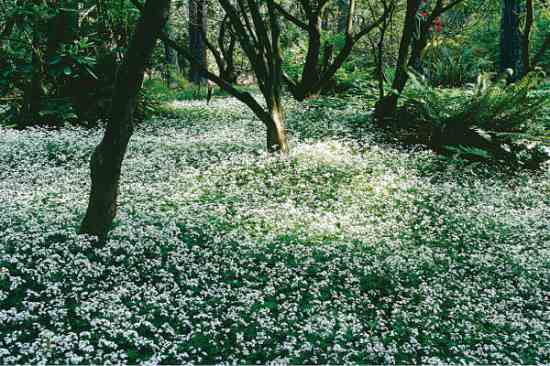
Want a simple, timeless look for your garden? The sweet woodruff, which blossoms lacy white flowers in warmer months, is a popular ground cover for those in zones 4-8. Keep in mind that it can be an invasive plant in moist soil, which makes it harder to keep under control. However, the plus side to its invasiveness is that it’s very low maintenance. So if you don’t mind it overtaking an entire section of your backyard, this plant may be perfect for you.
Sedums
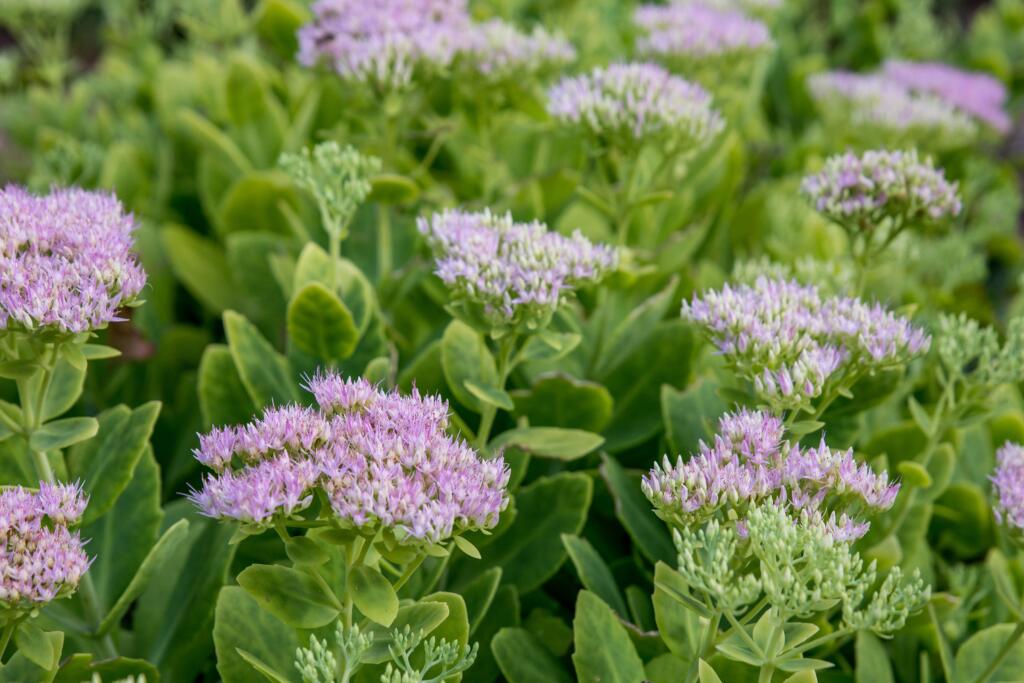
For lake homeowners looking to avoid high-maintenance ground covers, sedums are one of the more forgiving plants out there. Their thick, drought resistant qualities, typical of most succulents, make them quite hardy. It’s no wonder they’re often named among the best evergreen ground covers. Sedums come in a variety of different species including dragon’s blood, blue spice, and lime twister. Typically found in climates with milder winters, these ground covers flourish best where it’s warm.
From our backyard to yours, happy landscaping!

